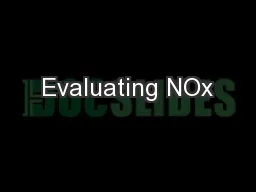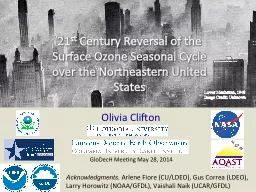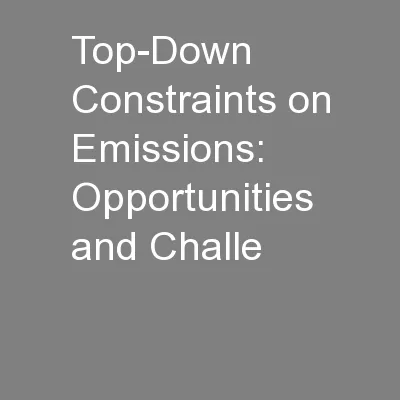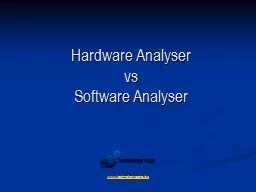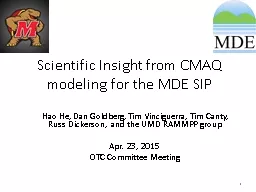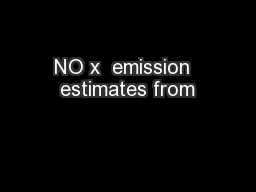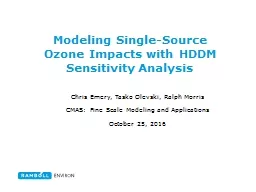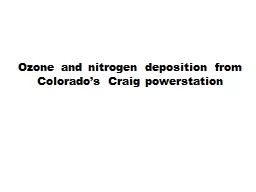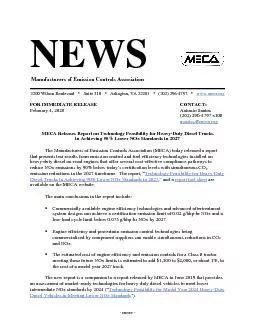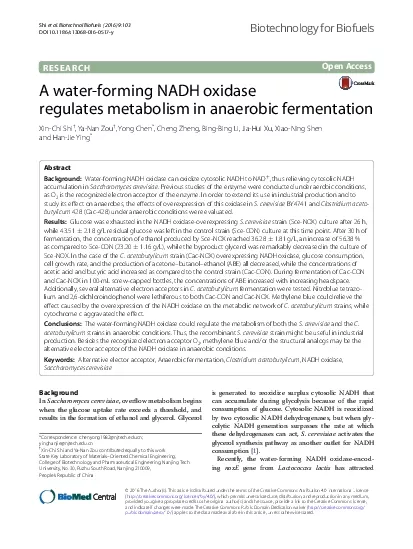PPT-Evaluating NOx
Author : min-jolicoeur | Published Date : 2018-01-05
Emission Inventories for Regulatory Air Quality Modeling using Satellite and Model Data Greg Yarwood Sue KemballCook and Jeremiah Johnson ENVIRON International
Presentation Embed Code
Download Presentation
Download Presentation The PPT/PDF document "Evaluating NOx" is the property of its rightful owner. Permission is granted to download and print the materials on this website for personal, non-commercial use only, and to display it on your personal computer provided you do not modify the materials and that you retain all copyright notices contained in the materials. By downloading content from our website, you accept the terms of this agreement.
Evaluating NOx: Transcript
Download Rules Of Document
"Evaluating NOx"The content belongs to its owner. You may download and print it for personal use, without modification, and keep all copyright notices. By downloading, you agree to these terms.
Related Documents

